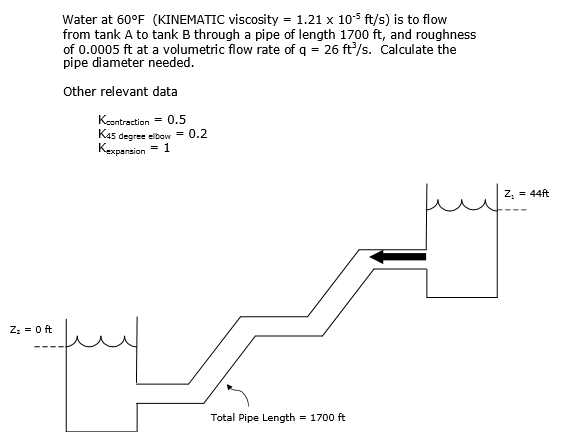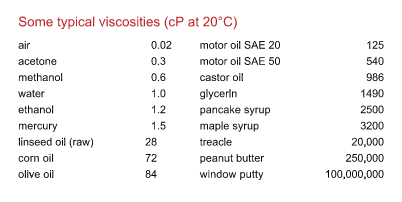
The component of the apparatus and the test method of different types of bitumen viscosity are described below based on IS 1206 parts I, II, and III: 1. Industrial, dynamic, and kinematic viscosity tests according to IS 1206 method I, II, and III are described as follows: Viscosity Test of Bitumen Based on IS 1206 The following standard methods can be used to determine the viscosity of bitumen: Different Methods for Viscosity Test of Bitumen in International Standards Therefore, the kinematic viscosity is measured at 135 ☌. Furthermore, it measures the resistance of bitumen to melt and flow.Īt higher temperatures, bitumen viscosity measurements are necessary to better understand its ability to coat aggregates well. Because the softening point test is directly related to the viscosity property.

As a result, we can predict the best temperature that bitumen should mix and compact.Ībsolute or dynamic viscosity at 60 ☌ is measured to indicate the resistance of bitumen to melting and flow.Īlso, this test can be a substitute for the softening point test. For this reason, engineers measure the viscosity of bitumen at two different temperatures of 60 ☌ and 135 ☌. Viscosity is a property that is affected by temperature changes. Consequently, it is important to choose a bitumen with a suitable viscosity. Moreover, compacting aggregates is difficult with a high viscosity bitumen binder thus, asphalt will not be uniform. Low viscosity bitumen tends to flow and behave like a lubricant and not a binder, so it cannot adhere to aggregates well. Viscosity is a good property to show the ability of bitumen in coating and adhesion. This is gained when the aggregates are well-packed and the space between them is filled well. The aim of standard construction is to have a uniform and stable asphalt. Why Do We Use the Viscosity Test of Bitumen? The Procedure of Kinematic Viscosity Test of Bitumen: Equipment to Measure the Kinematic Viscosity: The Procedure of Dynamic Viscosity Test of Bitumen: Equipment to Measure the Dynamic or Absolute Viscosity: The Procedure of the Industrial Viscometer Test

The viscosity test of bitumen measures the bitumen viscosity.


 0 kommentar(er)
0 kommentar(er)
